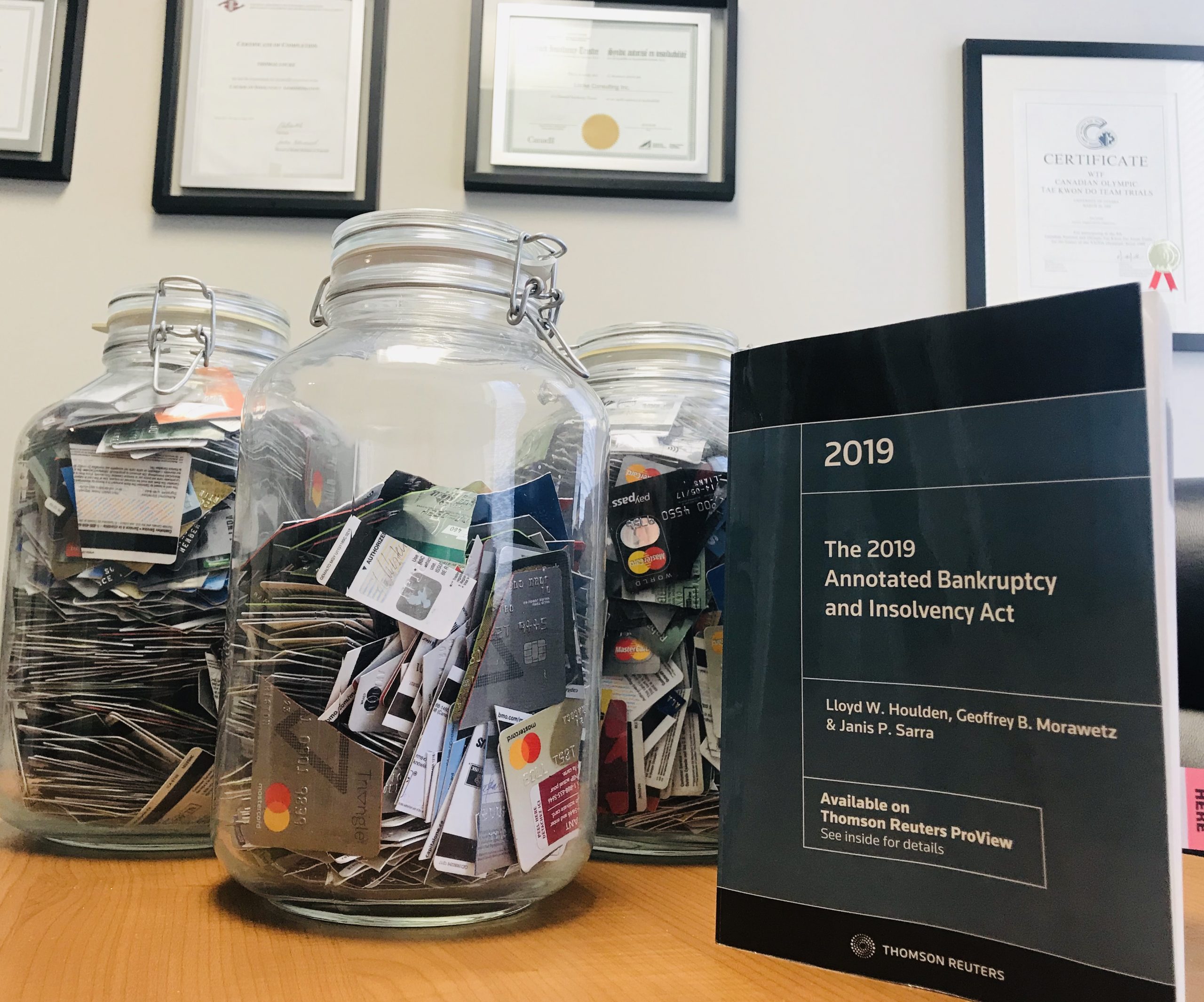Changes – for Credit Card Users

There have been several changes in recent years that will have an impact on credit card users. Some changes have already come into effect, others are still in the works. Bill S-239 is at second reading in the Senate. This is a very interesting Bill that once passed will reduce the Criminal Rate of Interest from 60% to 20% plus the Bank of Canada’s Overnight Rate.
Bill S-239 (clickable link)
Once enacted it will be illegal to charge more than 20% interest (plus the overnight rate) in interest in Canada. There are issues with the passage of the Bill in terms of which rate would apply, the rate that was posted the day the money was borrowed, or the day the day it is being collected. If or not, following enactment the rate applies retroactively to existing loans remains unknown.
The Bill was aimed at so called “loan sharks” but will have no more impact on illegal lenders than gun laws will have on illegal gun users. However, such legislation will undoubtedly spell trouble for finance companies that lend to high risk clients. Easy Financial is a high risk lender that lends to people who are higher risk of default than most institutional lenders will tolerate.
On its website landing page Easy Financial advertises a loan of $12,500 with repayment terms that include biweekly payments of $267.41 or $6,952.66 per year. The term of the loan is 66 months or 5.5 years, so the total of all payments over the full term is $38,239.63 which is more that three times the amount originally borrowed. In effect the Bill will make it more difficult for fringe borrowers to obtain credit and could force some finance companies to change lending policies or to get out of the high risk lending market altogether.
Meanwhile, TD Bank has recently parnered with Canada Post to offer new finance company type loans at the street level. The Post Office has long wanted to make a foray into banking, acting like a savings and loan company, as has been the case in other countries.
Surcharges (clickable link)
Merchants have, for a long time, been charged surcharges for the convenience of accepting payments through credit and debit cards. These surcharges average about 3% of the purchase price of goods or services acquired but have run as high as 6%. A recent class action suit determined that merchants could pass these charges directly along to their customers.
Changing the ability of merchants to pass the costs on directly means that the cost no longer needs to be buried in increased prices of merchandise. In other words, if the price at POS is currently $100 and you pay cash your price ought to be $97 since there is no merchant fee.
But don’t hold your breath for price breaks, merchants now have the option of charging you the cost of the product plus the surcharge when you choose an electronic payment method. I’d be willing to bet that instead of the merchants rolling back the price to uncover the surcharge they will simply add the surcharge increasing the price (in the example) from $100 to $103. It is estimated that 26% of businesses will immediately add the surcharge to the customer’s bill.
Quebec’s Approach (clickable link)
Quebec often marches to the beat of a different drummer, and we were very pleased to see their change in rules requiring that minimum monthly credit card payments must be at least 5% of the outstanding balance. This new rule has been phased in gradually and is currently up to 3.5%. Having people pay an amount that may reasonably reduce their debt is the right thing to do.
Elsewhere in Canada, the minimum monthly payment on credit cards is approximately 2% of the outstanding balance. The result is that people remain perpetually in debt as their minimum monthly payment is insufficient, in some cases, to even cover the interest and administrative costs.
Canadian Banker’s Association (clickable link)
The Canadian Banker’s Association, on its website, claims that 70% of Canadians pay their credit card balances in full each month. However, that is actually not true because of the way the billing cycles work. Bills are typically generated in the middle part of the month with the due date being at the end of the resulting in the consumer owing half of a month’s worth of charges where then amount of the previous bill is paid.
Ditching Credit Cards
Ditching credit cards is very challenging for a lot of Canadians. Poverty is a serious and growing problem for Canadian consumers who find themselves in a survival mode and using what means they can find to pay bills and put food on the table. Ideally credit cards should be used for emergency or planned purposes only, they should not be used for necessities or impulse purchases.
Credit cards are also among the worst payment methods for paying other debts, they simply increase the cost of those other bills. Over the years we have witnessed a majority of people, filing for bankruptcies and proposals, using credit cards to pay for other bills. The intent is usually to get through a tough spot, at which point the expectation is pay the card(s) down. Unfortunately, that rarely works out.
Living without debt, especially credit cards, requires discipline, and good budgeting skills. Getting out of debt is very difficult when you are only able to afford minimum payments, that’s where we come in, we can help you to reduce or eliminate your current debt load. Call us today for a free consultation and weigh your options.
